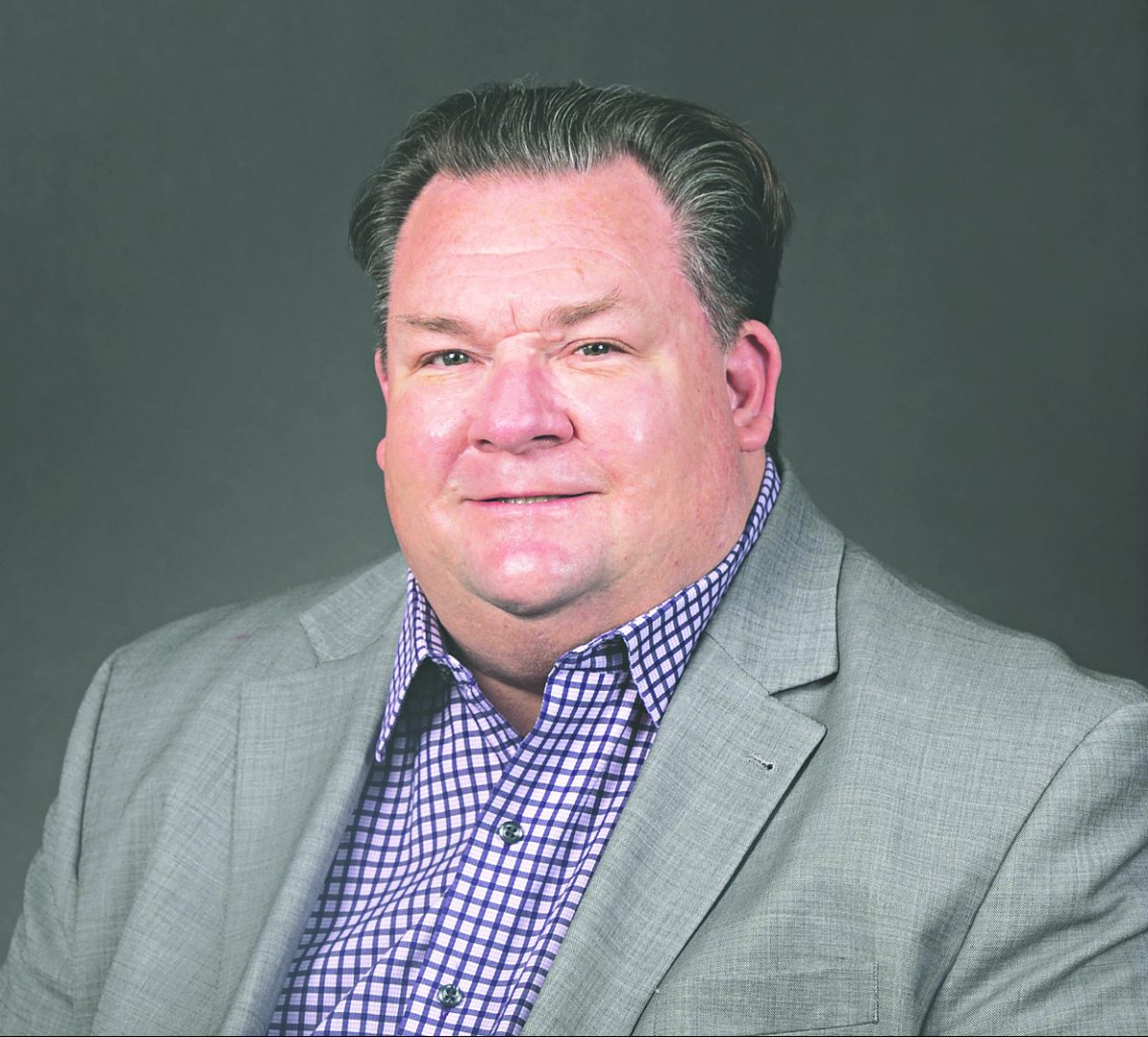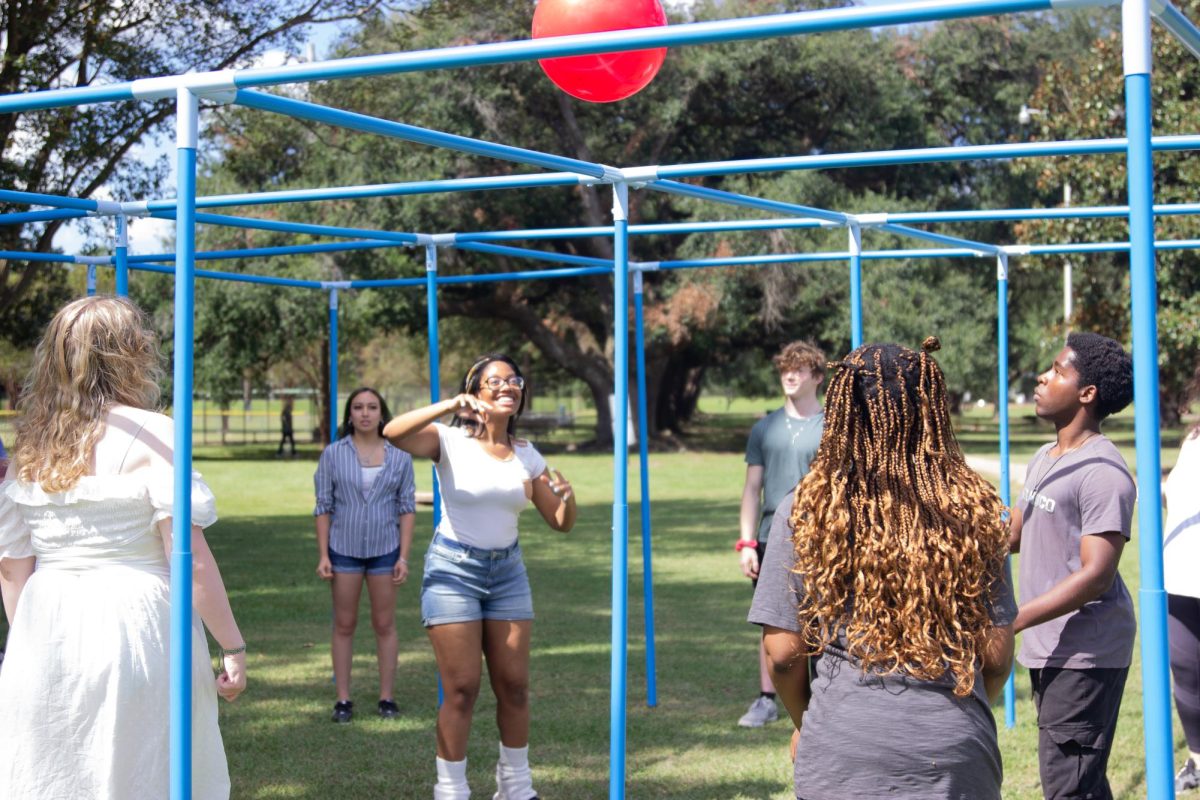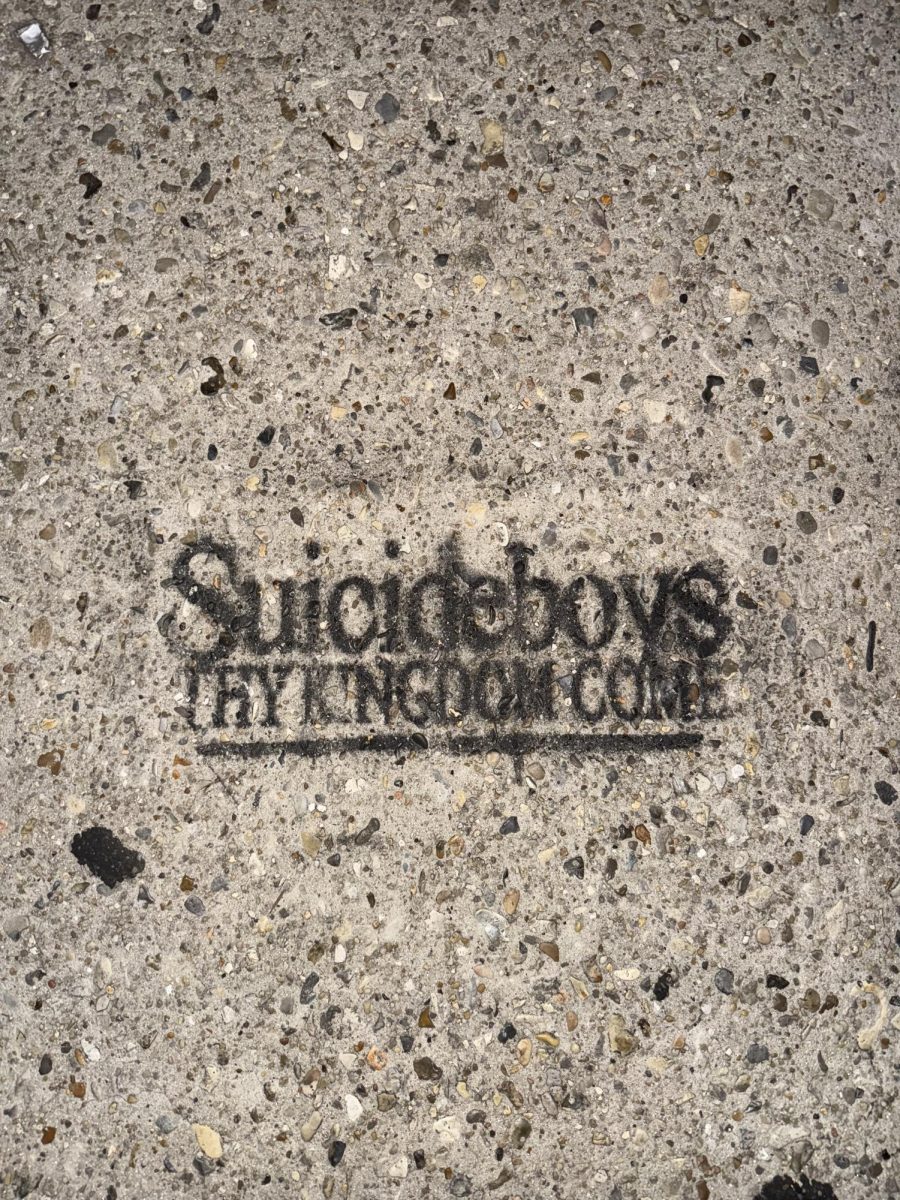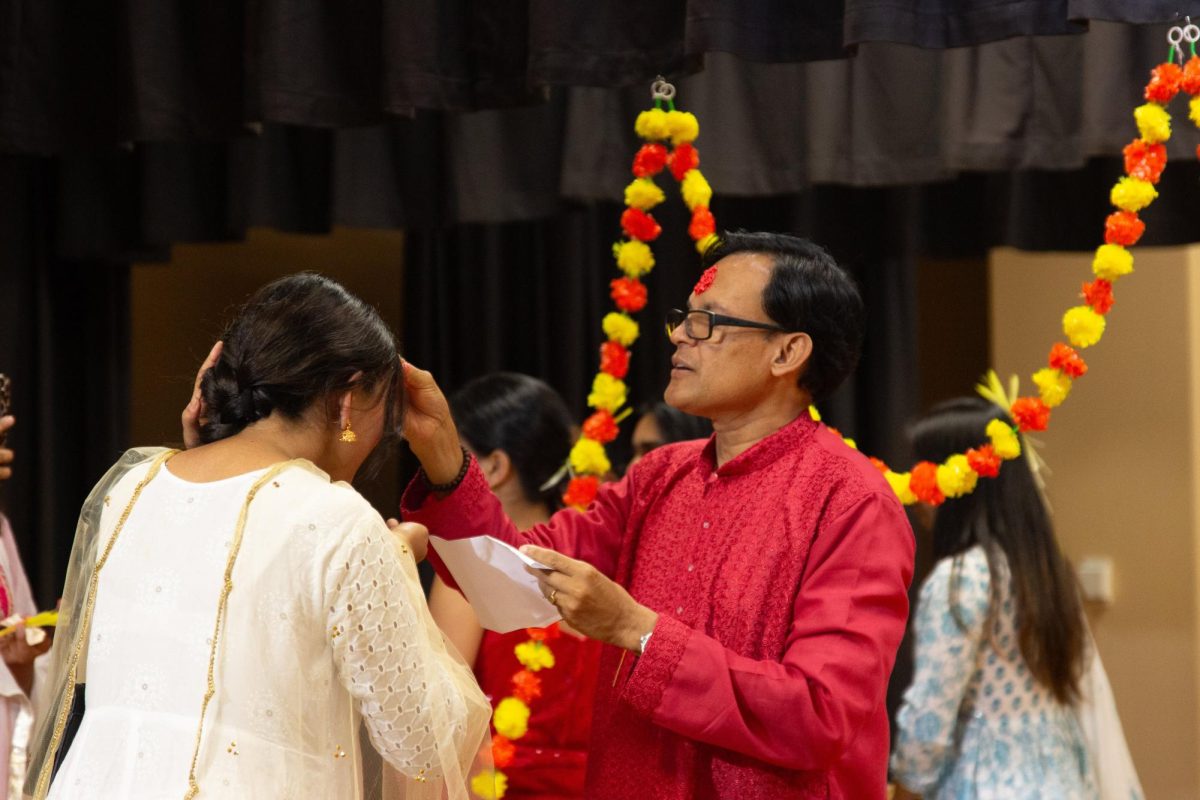ULM political science professor John Sutherlin created the award-winning documentary “Freeman.” Students gathered in Brown Auditorium on Oct. 29 to hear Charles Freeman Stamper’s story. The Hawkeye interviewed Sutherlin the following week to discuss behind-the-scenes of “FREEMAN.”
Q: How did you meet Charles Stamper?
A: When I came up here from Tulane, I saw, heard and ran into him at different things.
I can’t say that we were friends or anything like that. We were polite at parties.
He reached out and said, “Look, I’m thinking about doing my biography. Would you be interested in writing my biography?”
Q: What made you decide on a documentary-style film?
A: I told him, “Your story is so visual that it’s one thing for me to describe.” Stephanie emerges from a clamshell in a green sequined dress sprayed with foam, like some drag Venus de Milo. I can describe it, but it’s nothing to see it.
I said, “Your life is more visual. Why don’t we make a documentary film?” And he said, “Do you have any experience?” I said, “About 25 documentary films worth.” I said, “I think about it because once we start, it ain’t like you can just stop. Once we get everything in place, we go for it.”
Q: How did his death affect the film?
A: We could not access some of the pictures and videos he had reserved for us. We all came together and said, “We’ve made a commitment to making this film. How are we going to move forward?” When you’re working on something, you’re hoping to create a reaction. You’re hoping people understand, but maybe not. We were really trying to put together something. When he passed away, we just doubled down on our commitment to do this beyond what was right.
Q: How did the Trevor Project get involved?
A: I was reviewing the dailies and looking at our very rough cut of the trailer. I was sitting in a hotel restaurant in New Orleans, and a group of people came by. They stopped and asked, “Hey, what are you doing?”
My typical response was, “I’m minding my own business. What are you doing?” He said, “What are you watching?” “Well, sit down if you want to look at this trailer.” He looked at the trailer that we were working on. He started crying. And I said, “Are you okay?” He went, “Tell me what you’re doing.” So I told him.
He’s one of the founders of the Trevor Project. The project is from Santa Barbara, California, working with some people in New Orleans and doing a fundraiser. If I remember right, he said, “This is exactly the kind of film we’d like to get behind. How can we get involved?”
Between the Trevor Project, the International Gay and Lesbian Square Dancers and this group of opera fanatics called the Beverly Sills Crazies, we suddenly have two and a half million people around the country who are helping us.
Q: How did Claire Vangelisti get involved?
A: One of our very own here at ULM is the one that does the opera part. We recorded her. It took us four hours to do three and a half minutes. We filmed her at a church here in town to get the proper acoustics.
One of the Beverly Sills crazies said, “I’m not sure about the recording of this because there were a couple of high notes,” I said, “It’s not Sills’ voice.”
Q: What is one of your funniest memories with Freeman?
A: My favorite quote was when I asked him, “How do you dance in heels over the crates when you’re doing square dancing?” He said, “Well, just, you go on your toes. Once you’re past the crates, then the heels hit the floor.”
Q: Did anyone who knew Freeman react to the film?
A: What was amazing is that one of his, probably his lifelong friends—they had been friends for 57 years —came up to me afterward and cried.
He said, “It’s like you brought him back to life.” He thought it was a sheer stroke of genius. It was beautiful. Those kinds of things mean more to me than an award somewhere.
we all owe a debt to our ancestors in many ways. But Freeman is a good example of being generous, being authentic, being your real self and giving back. One thing you should know about him, too, is how much he loved this university.





